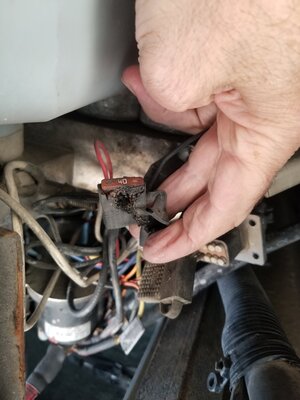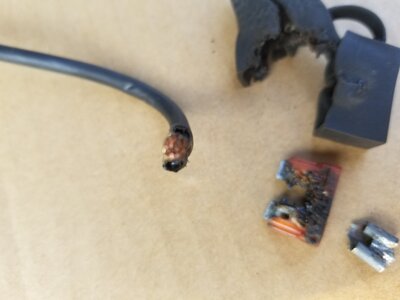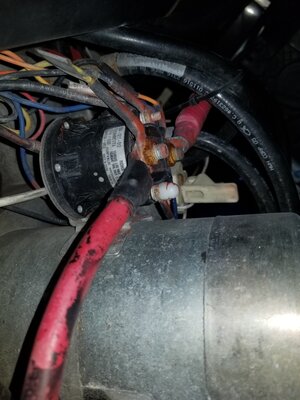Jim
RVF Supporter
- Joined
- Dec 18, 2019
- Messages
- 3,900
- Location
- North Carolina
- RV Year
- 2016
- RV Make
- Newmar
- RV Model
- London Aire 4551
- RV Length
- 45
- Chassis
- Freightliner
- Engine
- Cummins / I6 Diesel Pusher 600HP / 1,950 ft-lbs
- TOW/TOAD
- 2016 Jeep Rubicon
- Fulltimer
- No
I'm supposed to pull out of here tomorrow and I like to do a short test run prior to leaving. So after my test run up the road, I noticed one of the solenoid's that operates my HWH pump is still getting hot. It's not so hot that I can't touch it, but it's pretty warm none-the-less. The other is cold. I don't know if this is normal or not. I never noticed it before, and if I hadn't recently been trouble shooting my slideout problem the other day, I would not have thought to check it today.
Does anyone know if this is normal or not? I called HWH but they're backed up so I don't expect a call back from them until tomorrow.
Does anyone know if this is normal or not? I called HWH but they're backed up so I don't expect a call back from them until tomorrow.















